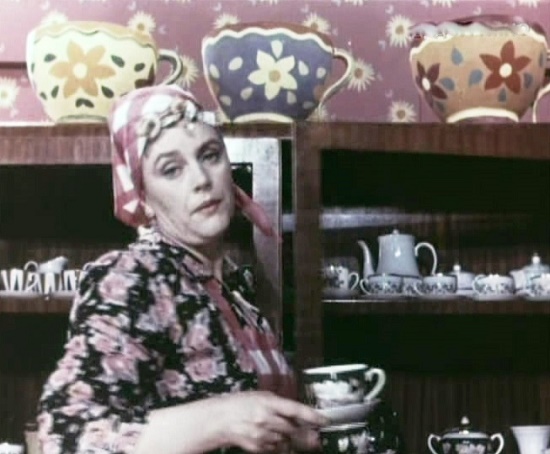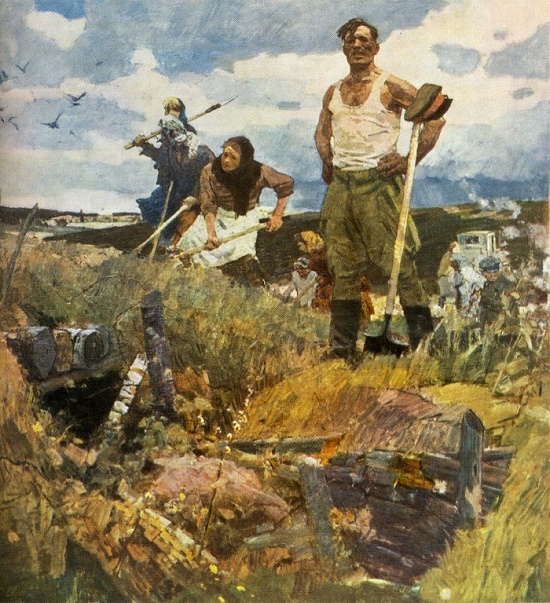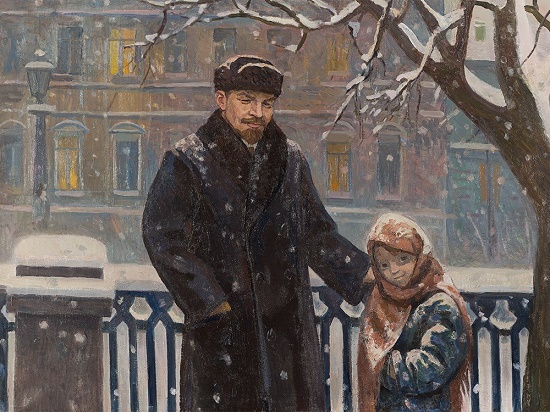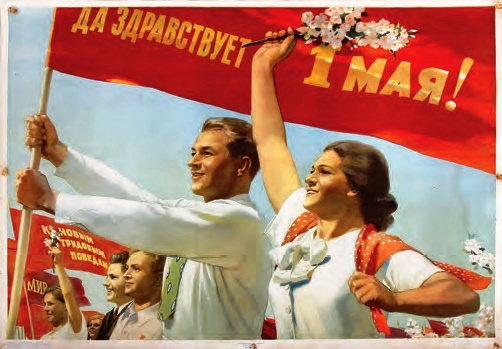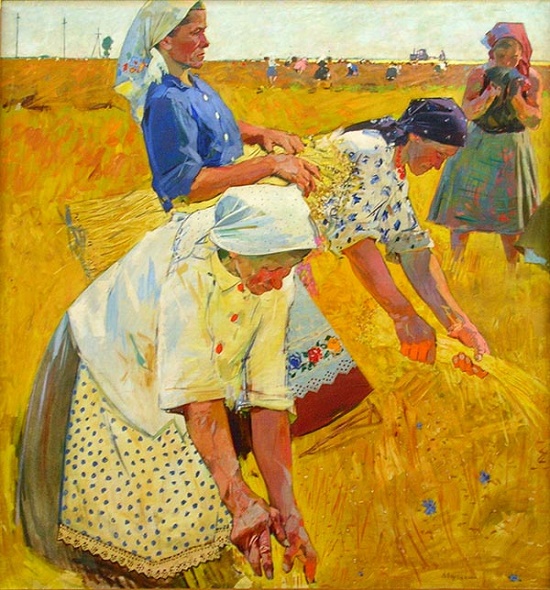Famous Soviet episode actress Nina Agapova
Famous Soviet episode actress Nina Agapova
Born on May 30, 1926 in Moscow, Nina Agapova is the famous Soviet episode actress. Her parents lived in the same village near Kolomna, and later moved to Moscow to feed themselves. The mother of the future actress began working in a weaving factory, and her father traded in a private shop. However, in August 1945, he died of tuberculosis. Nina from childhood was artistic and had a beautiful voice. In the summer of 1941, when the war was already in full swing, she entered the Russian folk choir named after Yarkov and traveled all over the country with concerts. She performed in the Far East, in Asia, in the Crimea and even on the Karelian front. There she very quickly got into soloists and even played the main role (bride) in the theatrical performance “Russian Wedding”. Apparently, she would sing in the choir, but immediately after the war she feel in love with cinematography.
Together with her friends, Nina often ran to Mosfilm to earn extra money in episodic scenes. And one day she caught the eye of the assistant director Viktorov, who helped M. Romm to make the film “Man No. 217”. And it was him who advised Agapova to try her luck in acting. Accordingly, she entered the All Union Institute of Cinematography, the acting and directing course of S. Yutkevich and M. Romm. There her classmates were the future stars of Soviet cinema. In particular, Vladimir Basov, Rezo Chkheidze, Tengiz Abuladze, Vitaly Melnikov and Yuri Sarantsev.
Read more »
